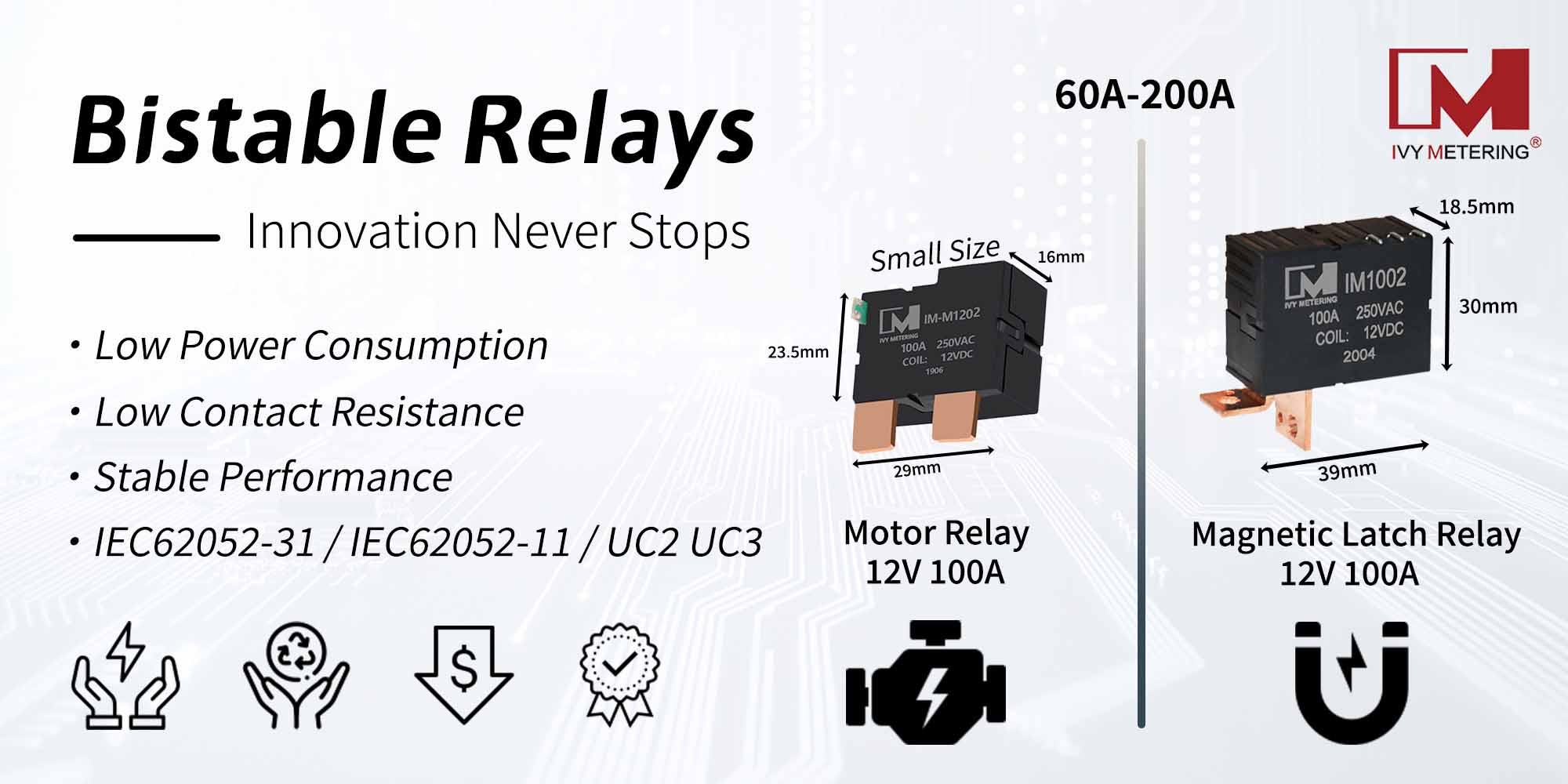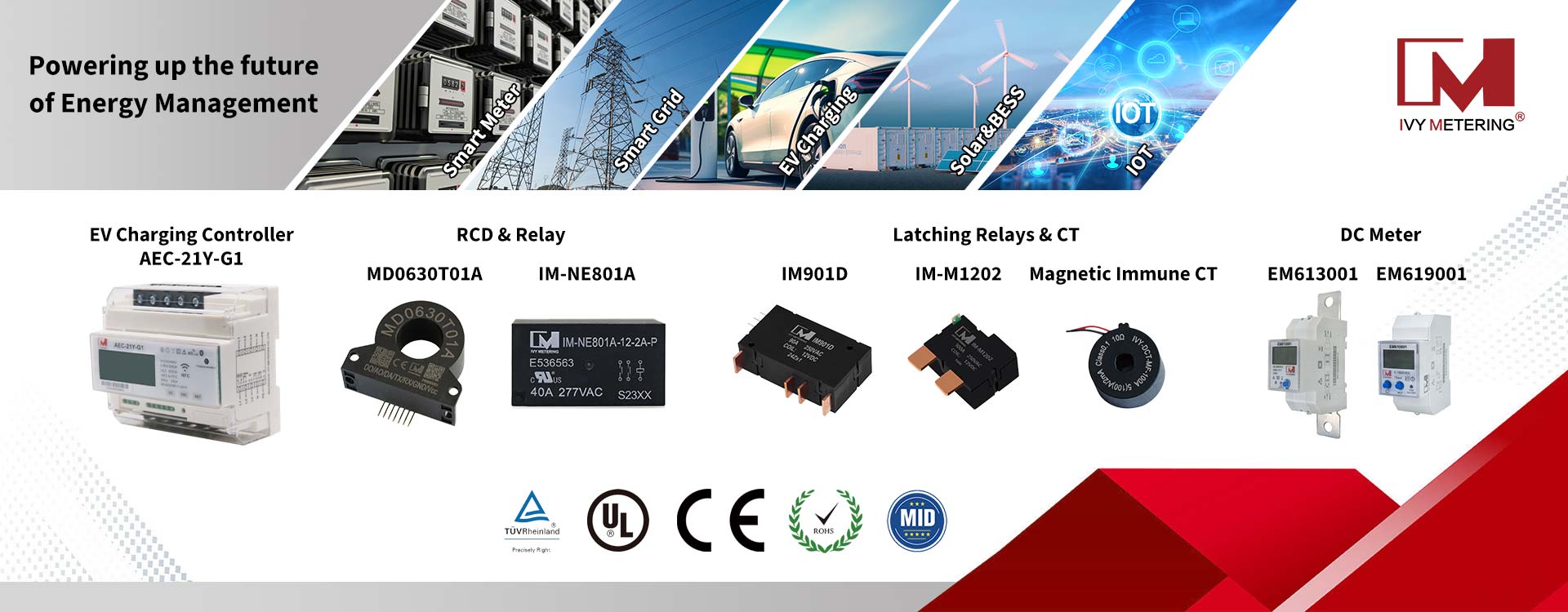What is the difference between a magnetic latching relay and a motor relay?
When discussing the difference between magnetic latching relays and motor latching relays, we must first understand the basic principles, structural characteristics and different performances of these two types of relays in practical applications. As important components in the field of electronic control, magnetic latching relays and motor latching relays each have unique advantages and scope of application. The following will analyze their similarities and differences in detail.

Basic principles and structural differences
Magnetic latching relay: A magnetic latching relay is a new type of relay that adds a permanent magnet or magnetic latching element to an ordinary relay. Its core working principle is that when the coil is energized, the magnetic field generated not only attracts the mechanical arm to close or open the contacts, but also magnetizes the magnetic latching element. This design allows the contacts to remain in the current state even after the coil is powered off until it is powered on again to change the magnetic poles of the magnetic latching element. The structure of the magnetic latching relay is relatively complex, including multiple parts such as electromagnetic coils, contacts, mechanical arms, and permanent magnets or magnetic latching elements.
Motor relay: The motor relay mainly realizes the closing and opening of contacts through motor drive. It usually contains a micro motor inside, which drives the gear or connecting rod mechanism through the rotation of the motor, thereby pushing the contacts to move. The motor relay has a fast response speed, high contact closing pressure and low contact resistance, which is particularly suitable for occasions requiring fast switching and high current load. Its structure also includes an electromagnetic coil (used to control the start of the motor), but the main actuator is the motor and its transmission device.
Working principle
Motor relay: The working principle of the motor relay is based on the principle of electromagnetic induction. When the control signal (low level) acts on the relay coil, the coil generates a magnetic field to attract the contacts to close, thereby controlling the on and off of the circuit. When the control signal disappears, the magnetic field weakens, the contacts are disconnected, and the motor stops working or changes direction. This working mode of the motor relay makes it suitable for scenarios that require fast response and frequent operation.
Magnetic latching relay: The magnetic latching relay adds a permanent magnet or magnetic latching element to the ordinary relay. When the coil is energized, it not only generates a magnetic field to attract the contacts to close, but also magnetizes the magnetic latching element. Even after the coil is powered off, due to the residual magnetism, the iron core can still maintain a certain magnetization state, so that the contacts remain in the closed or open position. This mechanism enables the magnetic latching relay to continue to maintain the circuit state after power failure, improving the stability and reliability of the system.
IVY Metering specializes in the development and manufacturing of high-quality latching relays. We offer a line of latching relays spanning from 60A to 200A for single-phase Two-phase and three-phase switching purposes. our relays meet the industry's highest performance standards and offer the best value in the energy management market. In particular, we have developed an innovative relay switch-motor latching relay. Compared with magnetic latching relay, motor latching relay with 500mT permanent magnetic immunity, prevent contacts from being interfered by magnetic fields. And, the size is much smaller.












